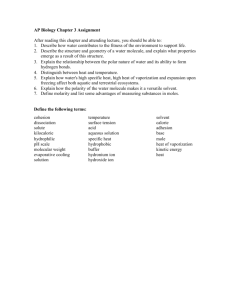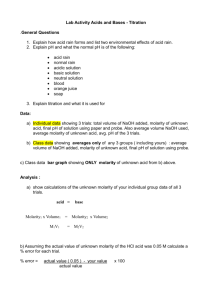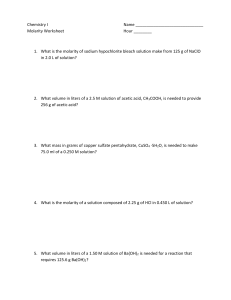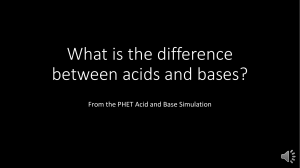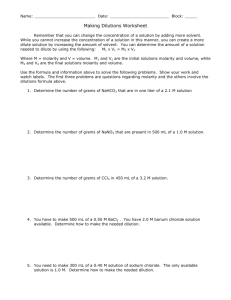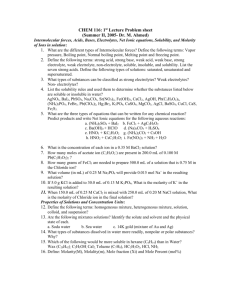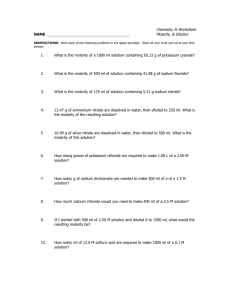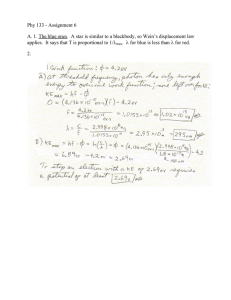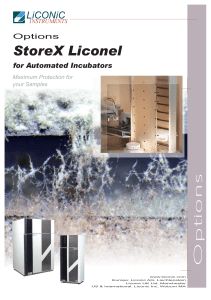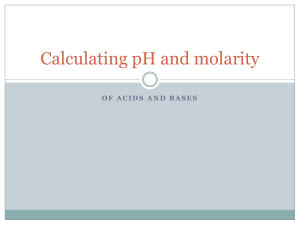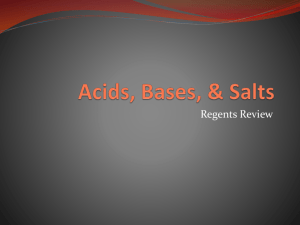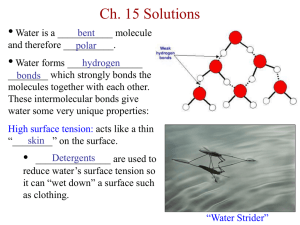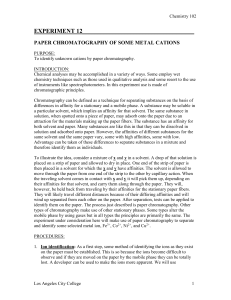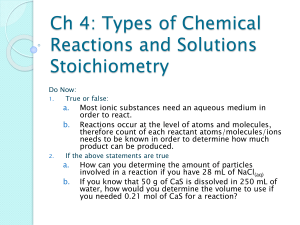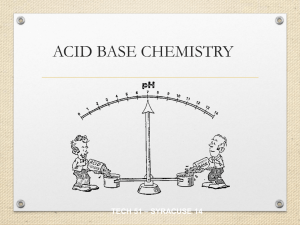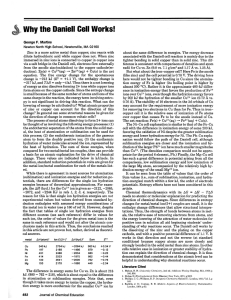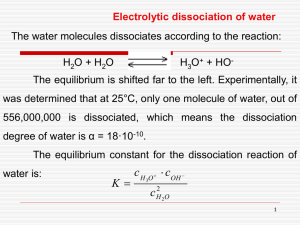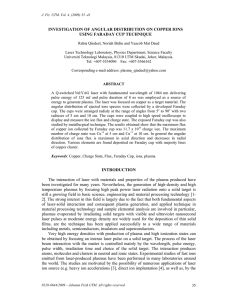What Molecule Is Most Common In Living Cells?
advertisement
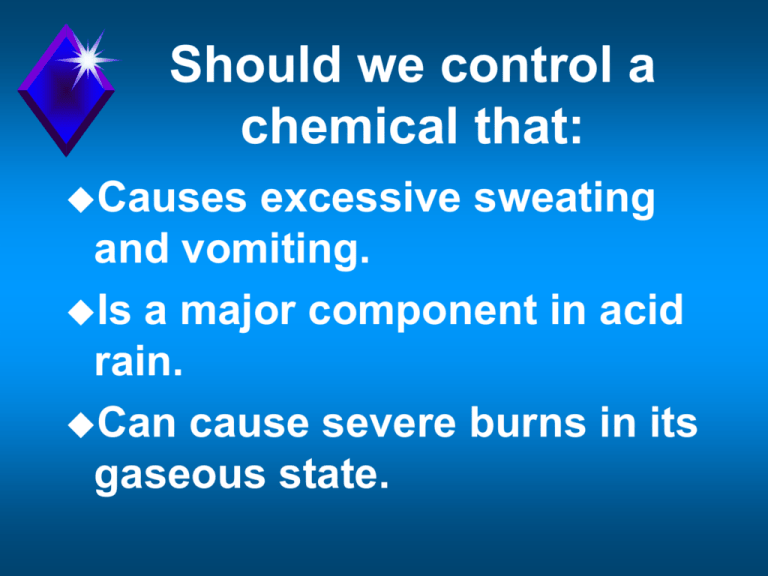
Should we control a chemical that: Causes excessive sweating and vomiting. Is a major component in acid rain. Can cause severe burns in its gaseous state. Accidental inhalation can kill you. Contributes to erosion. Decreases the effectiveness of car brakes. Has been found in tumors of terminal cancer patients. What is the chemical? Chapter 3 Water and the Fitness of the Environment Question? What molecule Is the most common In living Cells The Water Planet Properties Of Water Be ready and able to discuss several of the following properties. Focus on definitions and examples. Review water structure and H-bonds from Chapter 2. Liquid Water Is Cohesive Liquid Water is Adhesive Water transport in trees uses Cohesion and Adhesion Water Has A High Surface Tension Water Has A High Specific Heat Heat Temperature Celsius Scale Will be used for most of our temperature measurements. Water Stabilizes Temperature Water Has A High Heat Of Vaporization Evaporative Cooling Result: Water Expands When It Freezes Solids and Liquids Water Benzene Floats Sinks States of Matter Solid Liquid Gas Result Aquatic life can live under ice. Water Is A Versatile Solvent Solution Solvent Solute Hydrophilic Materials Hydrophobic Without Water Life Would Not Be Possible!! Solution Concentration Usually based on Molarity. Moles One Mole of each Sugar Copper Sulfate Sulfur Mercury Oxide Sodium Chloride Copper Comment AP Biology students should be able to calculate solutions in Molarity. Dissociation of Water Water can sometimes split into two ions. In pure water the concentration of each ion is 10-7 M Adding certain solutes disrupts the balance between the two ions. The two ions are very reactive and can drastically affect a cell. Acids Acid Rain Acid Rain Bases Neutrals pH Scale pH Scale Example: For a neutral solution: [H+] is 10-7 or - log 10-7 or - (-7) or 7 Comment [H+] + [OH-] = 14 Therefore, if you know the concentration of one ion, you can easily calculate the other. Buffers Summary Be able to discuss the properties of water. Be able to measure solution concentrations in Molarity. Be able to work pH scale questions.
